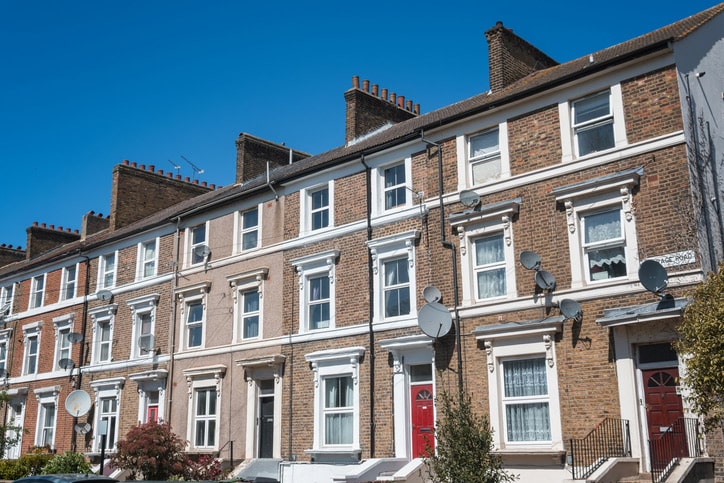The short answer is yes, but there are numerous problems with doing it:
- If the value of the property is over your available nil rate band (the maximum available nil rate band is £325,000 but if you have made gifts which do not qualify for any exemption during the last 7 years then these will need to be deducted from the nil rate band) then there will be a tax charge called a Chargeable Lifetime Transfer charge of 20% on the value of the investment over the available nil rate band.
- After the transfer into trust you will have to pay capital gains tax on any growth in the value of the property less allowable expenditure and less any available capital gains tax annual exemption. Current rates as at 3.10.24 are 18% for basic rate taxpayers and 24% for higher rate taxpayers, although this may well change after the budget.
- Stamp duty land tax will be payable at the higher rates ie there will be a 3% loading on normal SDLT rates.
- The property will then be owned by the Trust and you will not be entitled to any income from rental or sale proceeds unless the Trustees consent.
- If it is a discretionary trust then the trustees are obliged to pay income tax on any rental income at 45% and have no income tax allowance.
- When the trustees pay income out to the beneficiaries, the beneficiaries will not have to pay any further tax. If the beneficiary is a basic rate taxpayer they will not be able to reclaim the extra 25% tax paid. If they are a higher rate taxpayer they will not be able to reclaim the extra 5% tax paid. If they are a non-taxpayer then HMRC advise they may be able to claim back tax on trust income they have received.
- You have to inform the Inland Revenue within 90 days after setting up the trust and the trust’s income and gains and Self-Assessment tax returns must be completed each year and returned after the end of the tax year. This represents an additional expense as accountants will probably be needed to do this.
- If the value of the trust exceeds the available nil rate band then there will be a periodic charge every 10 years at the rate of 6% x any excess over the nil rate band.
- Any assets such as money, land or buildings transferred out of a trust may be subject to an exit charge up to a maximum of 6%.
- A solicitor will probably be needed to draft the Trust Deed, so that presents an additional expense on top of the legal fees for selling the property to the Trust, and the Trust’s fees for buying the property from the donor. Separate Solicitors will probably be required to represent the donor and the trustees.
- Further legal fees and stamp duty will be incurred when the Trust eventually disposes of the property to the beneficiaries.
- The donor will need to survive 7 years after the gift into Trust otherwise the value of the property will be included in his/her estate for Inheritance tax purposes and may attract a charge of up to 40%. Taper relief may be available if they die within the 7 years.
- Despite all these cost hurdles, there may, on occasion, be circumstances where it is still worthwhile to gift a property into trust, but these will be few and far between.
- Instead it would be very much easier and cheaper for the donor to sell the property, realise the gain and invest the net proceeds in an Investment Bond which can be gifted into Trust. But remember that the value of an investment can go down as well as up.
- We would be happy to have an Initial meeting with you in order to discuss this at no charge to you . Please ring the office on 0113 322 0700 to arrange a meeting.
- Russell Blackhurst is a Financial Planner at Lazenby’s Financial Services.


